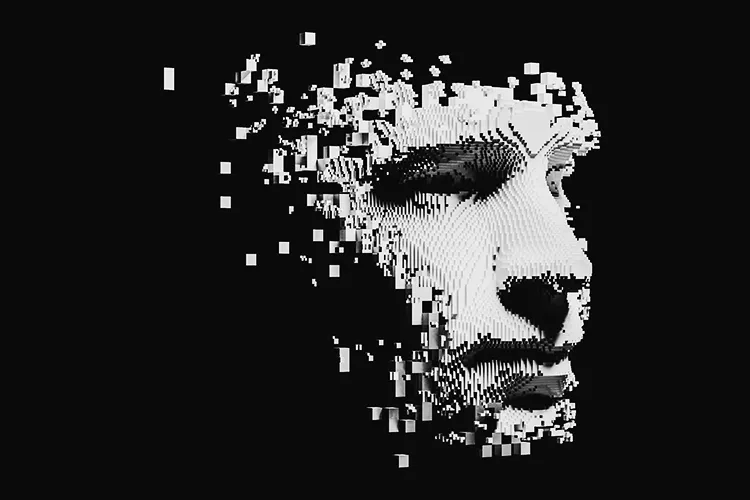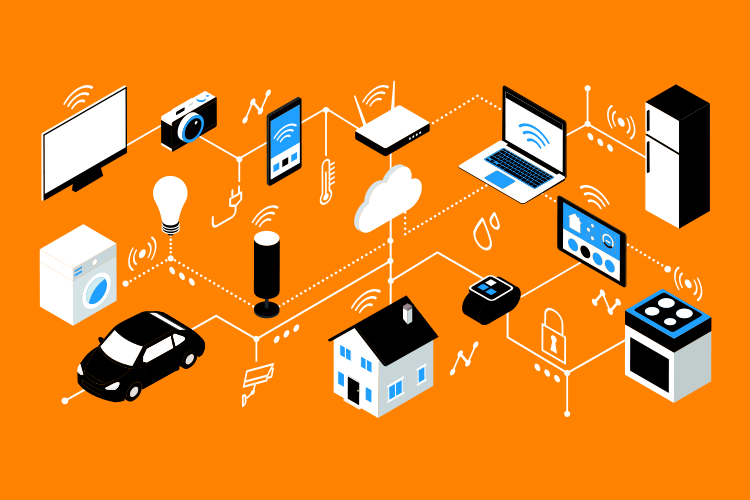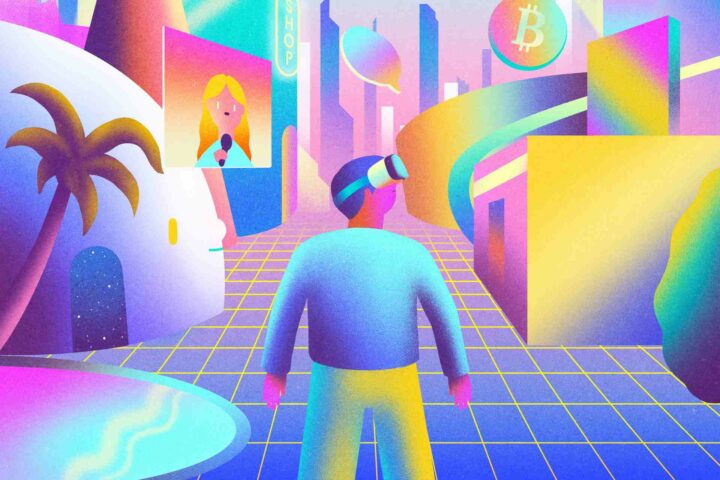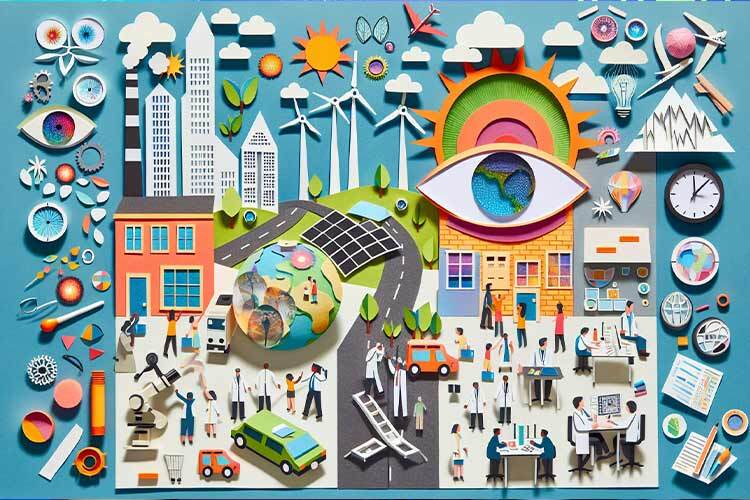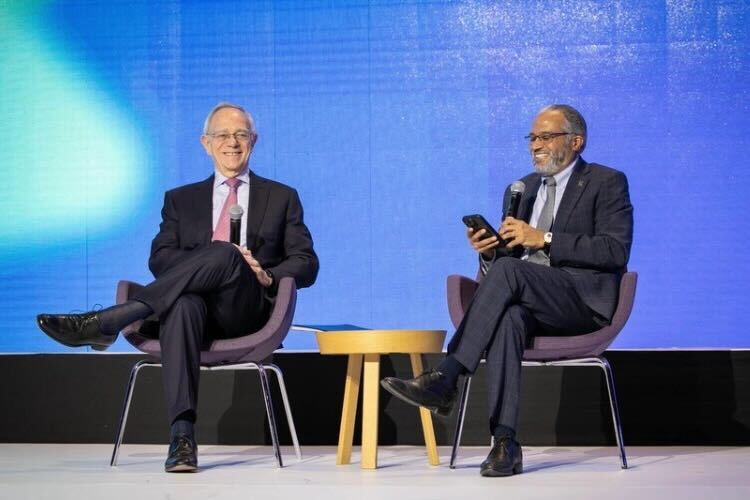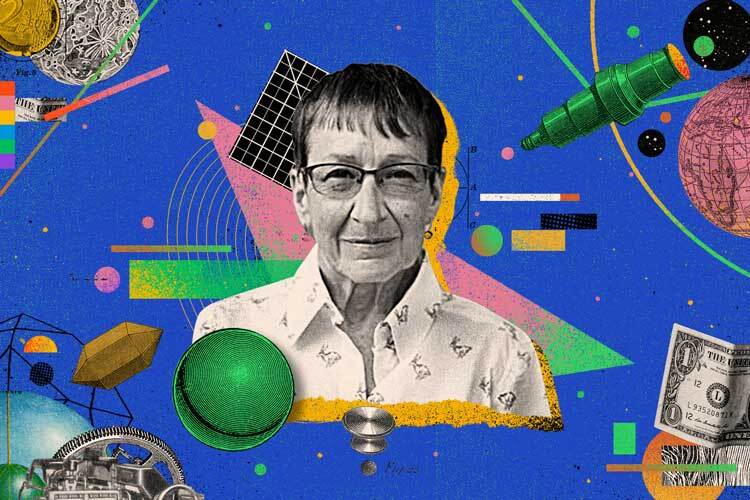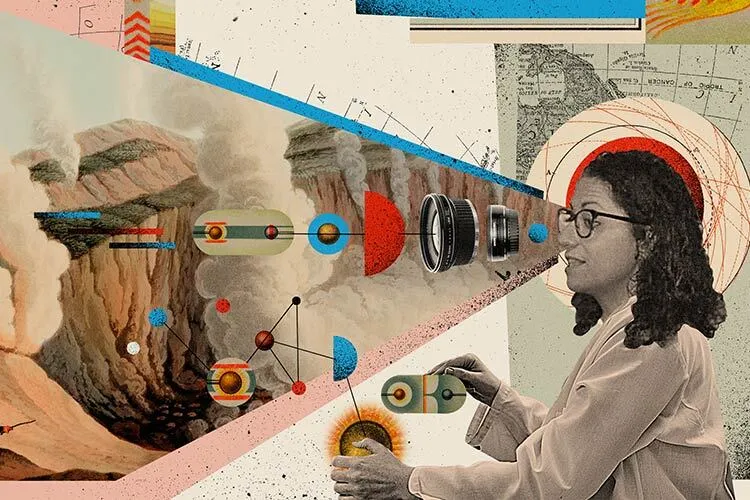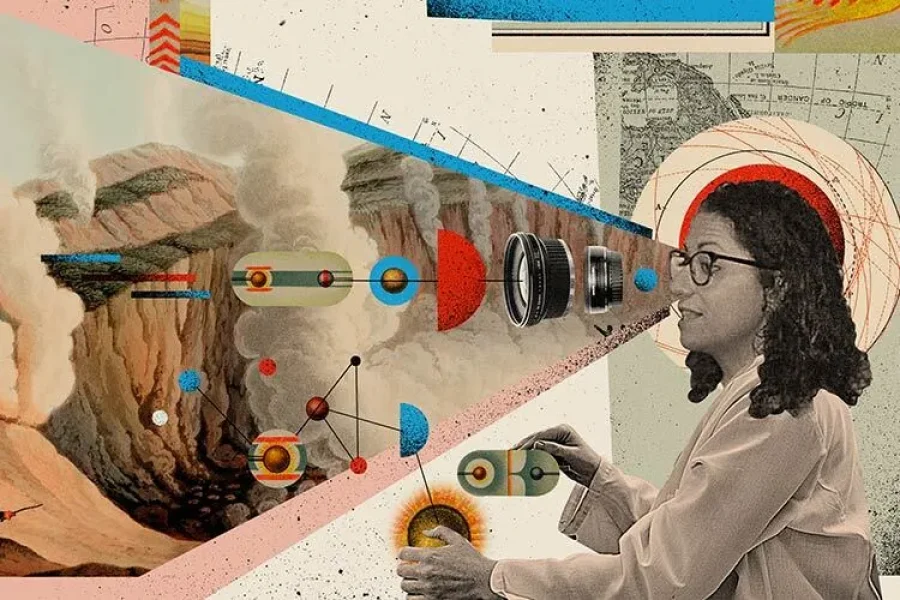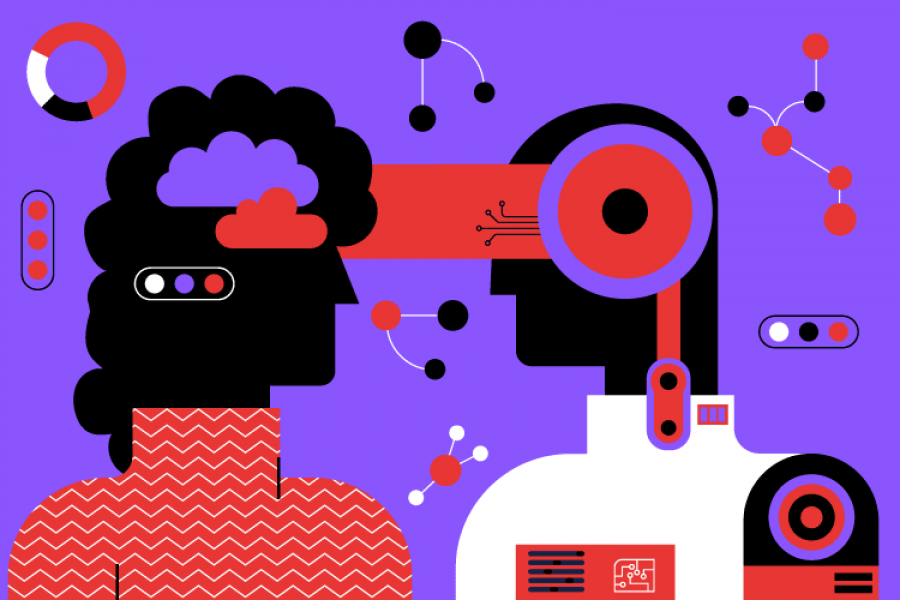In 2017, a user of the Reddit platform began to create manipulated videos of celebrities, placing faces of famous people in pornographic situations. This content would later be known as deepfakes, an impersonation technology.
Since that year, research professor Jacob Bañuelos from the School of Humanities and Education at Tec de Monterrey began researching the concept, the uses given to this technology, and the bibliography published on the subject.
What Are Deepfakes?
The professor explains that deepfakes are products generated by algorithms which seek to replace sounds, texts, images, or videos with false content that appear authentic at first glance.
Bañuelos points out in one of his investigations, Deepfake: the image in times of post-truth, which was carried out from 2017 to 2021, that this technology reveals “an emerging, evolutionary, changing, highly dynamic and progressive scenario of deepfakes as a political instrument, form of entertainment, activism, and a weapon of harassment that poses new technological, ethical, legal, and cultural challenges.”
From montages to audios of deceased artists singing contemporary songs, this type of content abounds on the Internet and is present in commerce, fashion, education, and even tourism.
From 2019 to 2020 alone, the number of deepfakes doubled, of which 96% are pornographic content and there are even sites dedicated entirely to that topic.
Among the most common genres found in Bañuelos’ research are non-consensual pornography, extortion porn, denunciation, virtual performances, living portraits, social campaigns, entertainment parodies, anti-propaganda, political statements, political satire, and art.
In the area of entertainment, false content has also been created about famous people, and in the political sphere, it was used to discredit figures such as Nancy Pelosi, Barack Obama, and Donald Trump.
There are also other areas of concern, such as identity theft, the generation of criminal content, extortion, or disinformation.
However, he explains that deepfakes have also been used within social and awareness-raising campaigns, such as the case of a campaign with footballer David Beckham against malaria.
Likewise, in 2020, the human rights organization Propuesta Cívica used this technology to create an image of Javier Valdez, a journalist who was murdered in 2017 and appeared in the video criticizing violence against the profession.
Bañuelos says that this beneficial use of this technology means it should be given a new name.
While the term deepfake refers to something false and has a negative connotation, the professor proposes that the term synthetic media be used for these positive or awareness-raising actions.
The Current and Future Panorama of this Technology
Bañuelos explains that there is a trend to make increasing use of this technology, as a result of the evolution of Artificial Intelligence technology.
This allows databases to be used to “train” algorithms that can replicate content such as videos, photos, music, and others, sometimes with an appearance very similar to reality.
The professor points out that this topic not only covers the area of technology but also has impacts and repercussions in different fields such as the social sciences and humanities.
“This type of technology is in the humanities, in law for example, and it is also growing in the field of communication and digital media, as well as in art,” he says.
The panorama not only presents opportunities but also challenges, such as a lack of legislation that can regulate its use, although efforts already exist in some places, mainly in the United States, Europe, and Asia.
Companies and groups including Facebook, Amazon Web Services, The Wall Street Journal, and Microsoft have started programs to detect deepfakes and the possible misinformation caused by them.
Bañuelos adds a crucial area, that of literacy and raising awareness, which can have an impact on the abilty of citizens to discern between authentic content and deepfakes, in addition to learning and seeking information from reliable sources.
“We can’t wait for technology to solve this. Every day, the algorithms are advancing, and it will be very difficult to create programs or ways to prevent deepfakes from existing, which is why education is important,” says the researcher.
